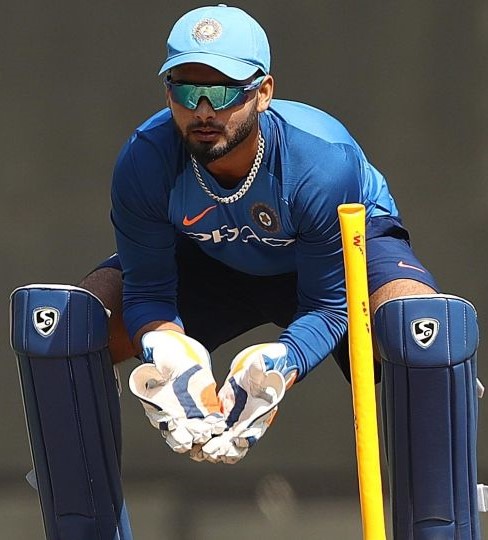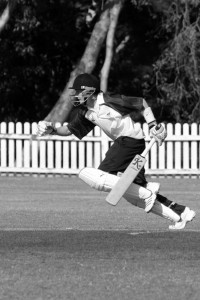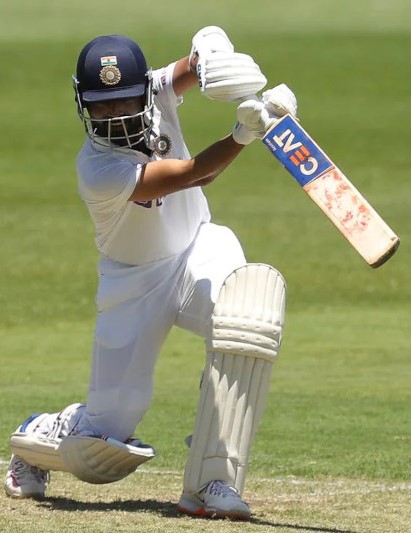The importance of the wicket-keeper

He has the toughest job on the team and should be treated with the utmost respect by his teammates. His is a highly specialised art and he is the élite of fielders. He catches more balls during an average day than anyone else and is never off duty, mentally or physically. He will finish each day of play more tired than any other player, with aching knees and back and sore fingers. Therefore, every member of the fielding team has an obligation to make his task as easy as possible. Remember, keepers, are for throwing the ball to, not at!
Wicket keeping practice
Practise your wicket keeping as regularly as possible with all the bowlers in your team, so you can become totally familiar with their styles and variations. Talk to them about their wicket-taking plans to better appreciate what they are trying to achieve. This practise is best done in open wicket situations rather than in the nets.
At net practice time, rather than become just another net bowler, work on your wicket keeping with a teammate away from the immediate vicinity of the nets
Standing up or standing back
Standing back to the faster bowlers and standing up to the spinners is self-evident, but what about the medium-pacers? Here are the pluses and minuses:
Standing up:
- denies the batter the breathing space to bat outside his crease.
- means the batter will be reluctant to advance down the pitch for fear of being stumped.
- makes it harder to catch fine edges.
- makes byes more likely to happen, especially to balls down the leg side.
Standing back means:
- byes will likely be fewer.
- catches will be easier, especially if the ball is moving about in the air.
- stumping the batter is no longer an option.
Inexperienced keepers usually stand too far back from the stumps and behind the middle stump. Instead, stand with your inside leg (nearest to the stumps) in line with, or just outside, off stump. Your distance back should be where you estimate the ball will carry through at about the top of pad height.
Whatever you decide, don’t get caught in “no man’s land”, halfway between standing up and standing back.
Stay down
The most difficult thing for a young wicket-keeper is to learn to stay down until after the ball is pitched. Most will want to stand up too early, meaning that if the ball stays low or deviates sideways, the keeper will find it difficult to take the ball cleanly.
Your low start position is close to the height that you will likely catch the ball. This allows you to keep watching the ball and rest your hands on the ground.
Taking the ball
Every ball must be taken by the wicket-keeper in the mind – even if the batter hits it. Watch the ball, not the edge of the bat or the batter. Always “give” naturally with the ball – never push your hands towards the ball (snatching). Let the ball come to the gloves by waiting for it. Try to catch the ball in the middle of your stronger hand and then cover the ball with the glove on your weaker (non-catching) hand.








